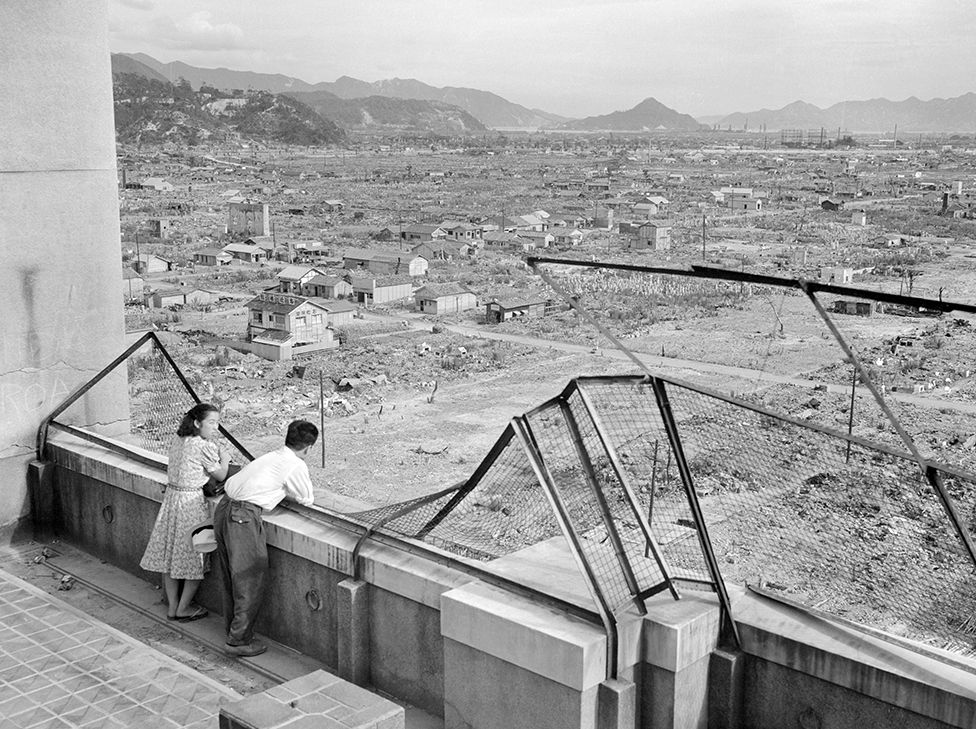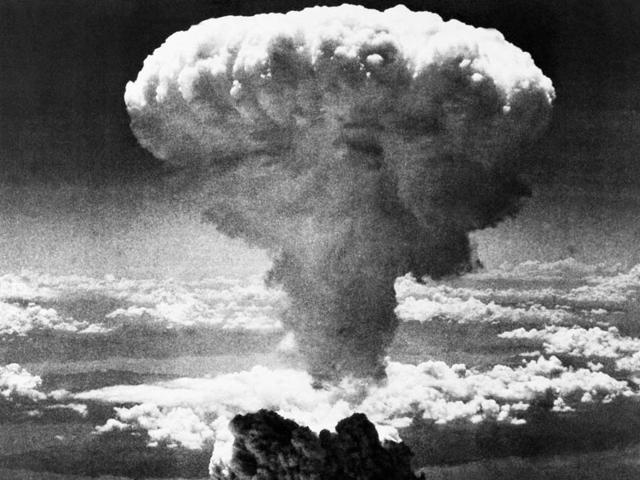

In total, 92% of the structures in the city were either destroyed or damaged by blast and fire.Įstimates of total deaths in Hiroshima have generally ranged between 100,000 and 180,000, out of a population of 350,000. Almost 63% of the buildings in Hiroshima were completely destroyed and many more were damaged. The firestorm in Hiroshima destroyed 13 square kilometres (five square miles) of the city. These factors meant that the death toll and destruction in Hiroshima was particularly high. The bomb was dropped on the city centre, an area crowded with wooden residential structures and places of business. Hiroshima stands on a flat river delta, with few hills or natural features to limit the blast. Three days later, a second atomic bomb was dropped on the city of Nagasaki, killing between 50,000 and 100,000 people.

View CND’s Hiroshima and Nagasaki exhibition.Join CND campaign against nuclear weapons.This was the first time a nuclear weapon had ever been used the fireball created by the bomb destroyed 13 square kilometres of the city, and those dead as a result numbered up to 180,000. But the psychological toll of radiation may be one of the most enduring parts of the bombs' legacy.On 6th August 1945, an atomic bomb was dropped on Hiroshima by US air forces. The atomic bombs’ immediate effects devastated both cities and killed between 150,000 and 246,000 people. That fact, coupled with low doses, may explain why the health effects of radiation at Fukushima have been minimal thus far: A favorable wind direction and sheer fear of radiation kept most people from receiving higher doses. Yet people fear radiation - an invisible, frightening force that can kill. delivers a dose of about 40 microsieverts - one fiftieth that amount.Įpidemiological studies of nuclear energy workers and studies with mice, rats and other animals now suggest that low doses of radiation over time may not have a harmful effect, writes Popkin. In comparison, writes Popkin, a head CT scan delivers a dose of about 2 millisieverts and flying across the U.S. The survivors received an average dose of 210 millisieverts of radiation, according to The New York Times. But RERF has recorded 853 cases of cancerous tumors that the researchers attribute to the bombs and 17,448 tumors from other causes such as smoking, diet and genetic factors. “What would happen if you’re living close to a dump site, or something like that? You’re talking about a chronic everyday low-dose-rate exposure.”Įstimating the dose of radiation each bomb survivor received is difficult because the dose varied depending on how close they were to the hypocenters - the point of explosion. “The atomic bomb happened in one crack, people were exposed, and then that was it,” Gayle Woloschak, a biologist at Northwestern University's Feinberg School of Medicine, in Chicago, Illinois told Popkin. Yet recently, scientists have started to question whether this caution is needed.

"These radiation standards are accepted worldwide," George Kerr, a consultant and health physicist, formerly of the Department of Energy's Oak Ridge National Laboratory told Paul Voosen for The New York Times. Based on this relationship, regulators assume that even minute doses of radiation can increase cancer risk and set guidelines accordingly to limit workers’ exposure in nuclear energy facilities, uranium mines and other workplaces. The one exception is leukemia, for which a doubling of the radiation dose can quadruple risk. In the decades since, the survivors have become one of the longest-studied groups in health research. Studies with 94,000 survivors through an American-Japanese partnership called the Radiation Effects Research Foundation, RERF, indicate that the risk of most cancers doubles with a doubling of radiation exposure. "Radiation biology was still in its infancy," writes Gabriel Popkin for Inside Science, "and no one had ever studied the effects of an exposure even remotely on the scale of that delivered by atomic weapons." But no one could say exactly what the long-term health effects would be for the people who survived. dropped atomic bombs on Hiroshima and Nagasaki, Japan in 1945, the powerful explosions and destruction that followed were expected.


 0 kommentar(er)
0 kommentar(er)
